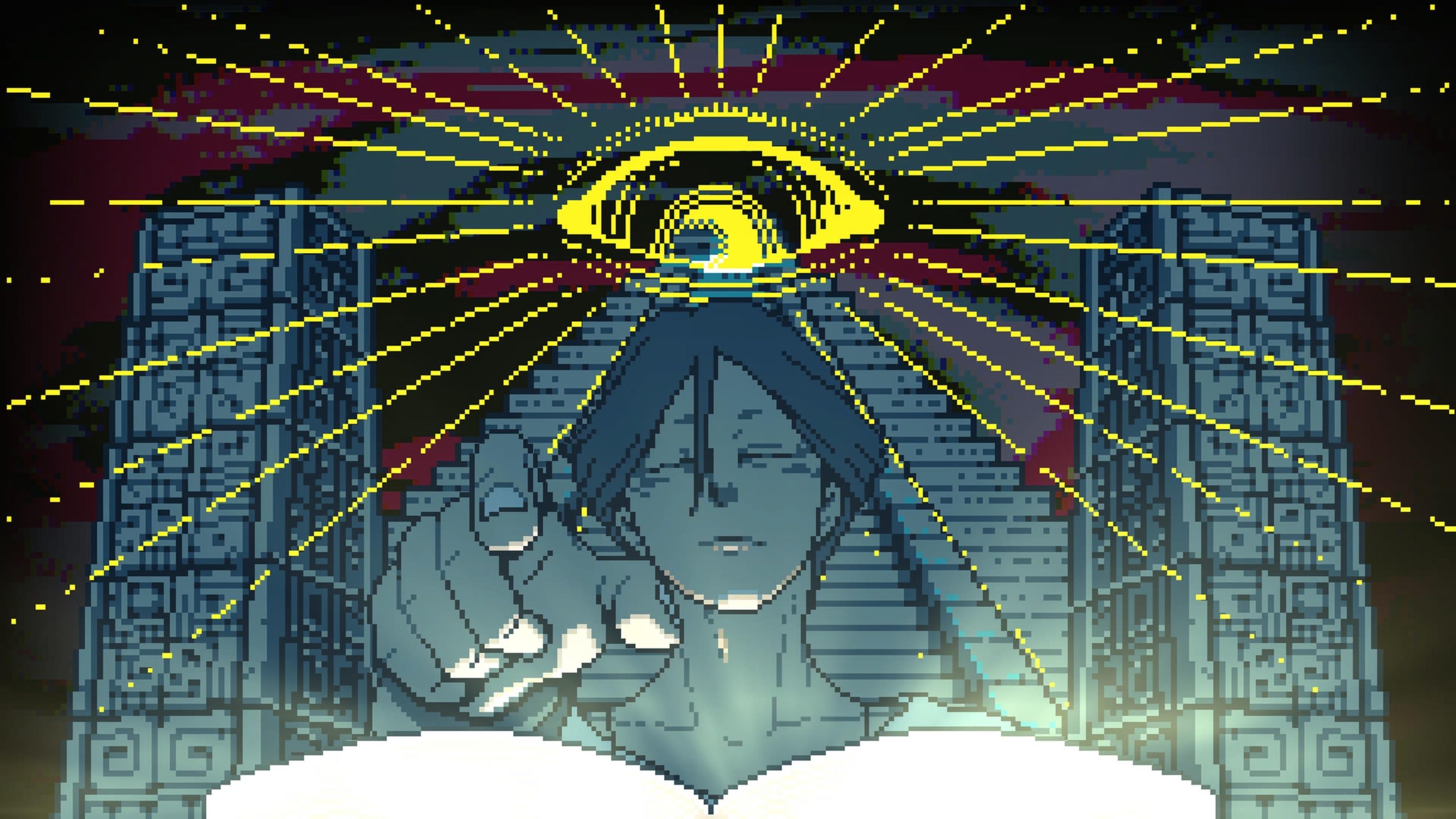The amplification of urban myths has evolved from spreading around your year in school, thanks to the power of technology. Not to overly date myself, but learning the daring feat of saying ‘bloody mary’ three times in a mirror was more a party trick you’d do at a sleepover or lunch break. Now, however, narratives are collectively moulded en masse, not by someone in the year above you but by thousands of anonymous avatars. Urban Myth Dissolution Center is an occult-centric visual novel that tackles just that.
Sources are irrelevant, lives are just characters and the ending is what you make it, as long as it’s interesting. Perhaps I’m reflecting too much on the real-life social media climate, but it’s vastly the biggest hook to Hakababunko’s sophomore game. Much like the malformed murmurs that circulate from choosing what you want to believe, Urban Myth Dissolution Center are like the mystery gang cutting through fact or fiction in their own mystical way. But is this a case worth solving? Or one to leave at the rumour mill?
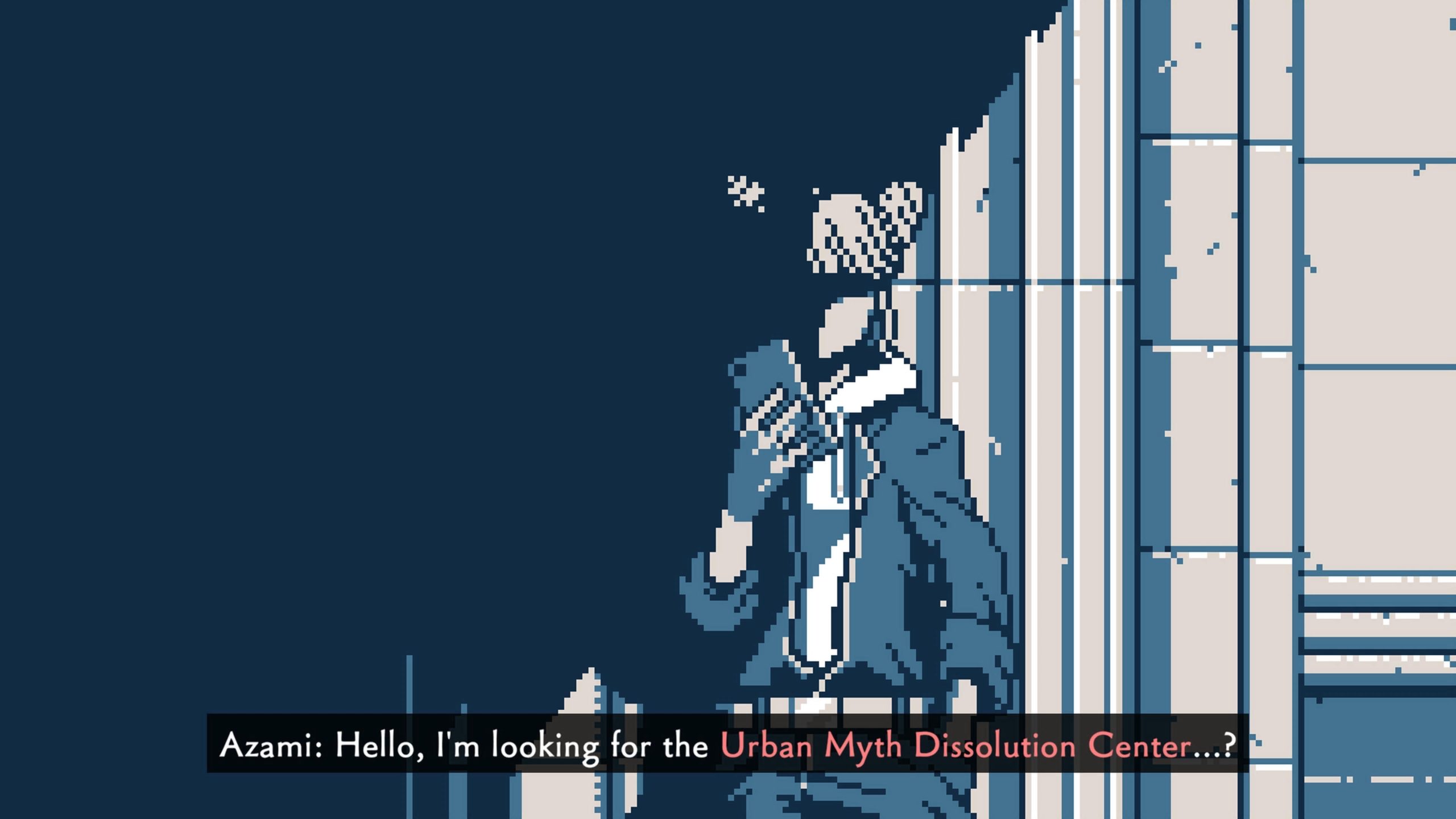
Playing Telephone
The game starts pretty abruptly as you meet the protagonist, Azami. She’s been chosen by the enigmatic Urban Myth Dissolution Center leader, Ayumu, to be a case worker out on the field. The Center deals with, as you can guess, urban myths, usually when the rumours have gotten out of hand and are too otherworldly for the police to be involved. Azami has the unique ability of Clairvoyance, meaning she can see spectral shades of peoples’ past actions. For the Dissolution Center, this is perfect, as each case across the six episodes deals with a paranormal element.
Contemporary folklore like The Man Under the Bed and Bloody Mary, to name early examples, are just a couple of the unexplainable that you’ll need to get to the bottom of. What that looks like in gameplay is a lite-point-and-click style investigation process that sees you interacting with scenes of the paranormal sightings, as well as interviewing victims within the case.
Walking to-and-fro, clicking on objects to exhaust its dialogue options, then similarly doing the same with conversations helps forward the story. However, there was no true amount of deducing or detective work. This is where it leans more towards its visual novel exterior, there’s no room to fail in the game as long as you click on everything. And even then there’s no failure, only a halt in your progress.
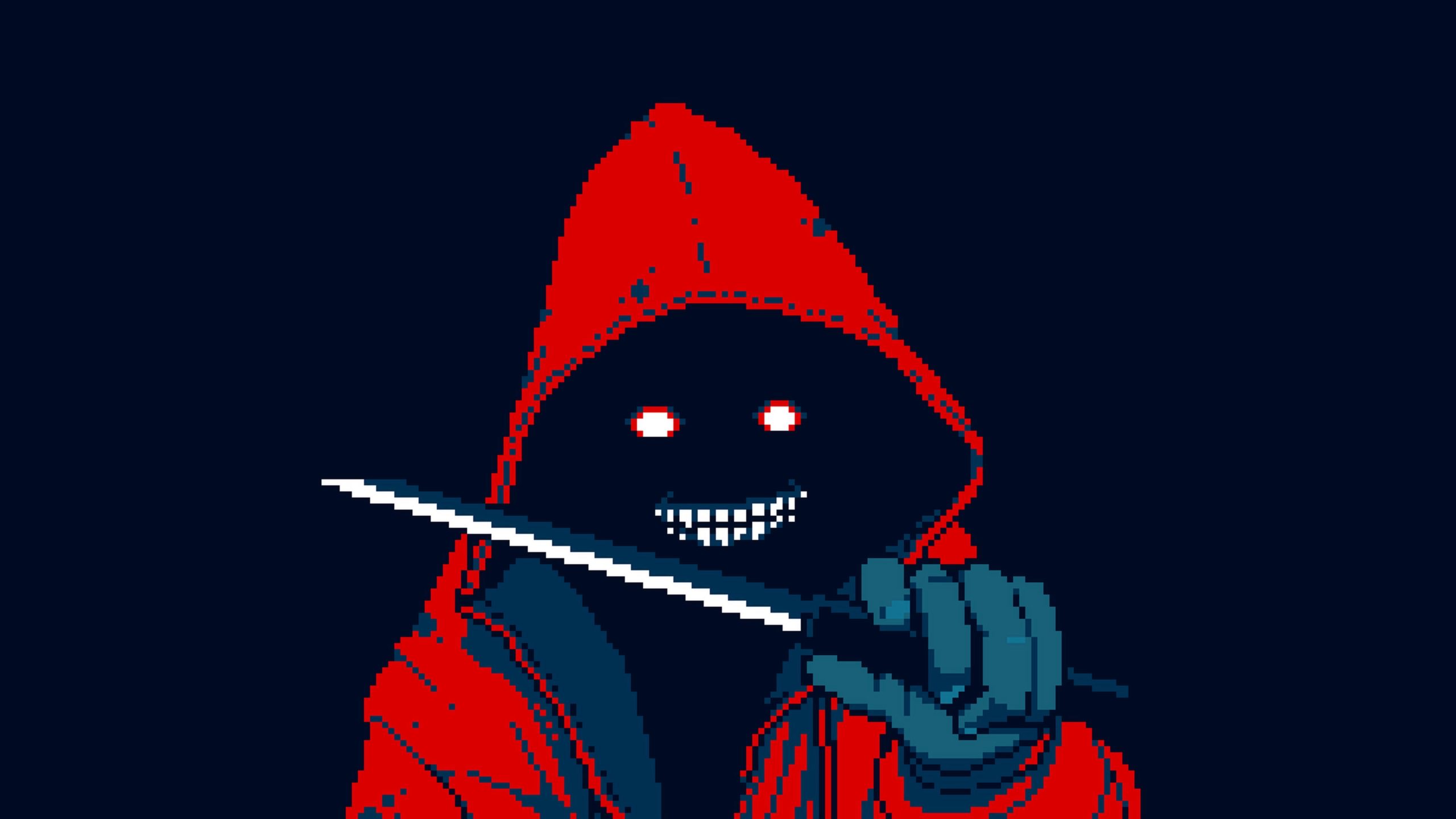
I’m On The Apps
There’s a neat mechanic tied to Azumi’s clairvoyance where you use company-issued glasses to see your visions of the past come to life, but in practice, it’s just more to click on to experience more exposition of the case. This carries over to my least favourite sections of the game too, the scrawling through internet comments to gain more clues portion. Again, very hand hold-y, I initially would read them, decrypt if they felt useful before clicking on them to find a clue but it’s far easier to just click on all of them.
Putting on your glasses during some of the comments will highlight keywords to search, opening up opportunities for more clues. Once you’ve collected all the clues you’re brushed along to progress the story. If the narrative and foreboding sub-plot weaved across the episodes weren’t as engaging, I would’ve probably not seen it through. There’s too much hand-holding and an absence of failure to really feel like your efforts of solving a case have any consequence.
There are a couple of Golden Idol series-esque sentence-constructing minigames thrown in to either decipher what anomaly you’re dealing with, or when the case needs a conclusion. But those again are more a test on whether or not you were paying attention to all of Urban Myth Dissolution Center’s dialogue. My attention waned as I went to a victim’s apartment for the third day in a row to look for clues. After a couple of hours of doing the same thing, naturally, some of the finer details weren’t quite abundant.
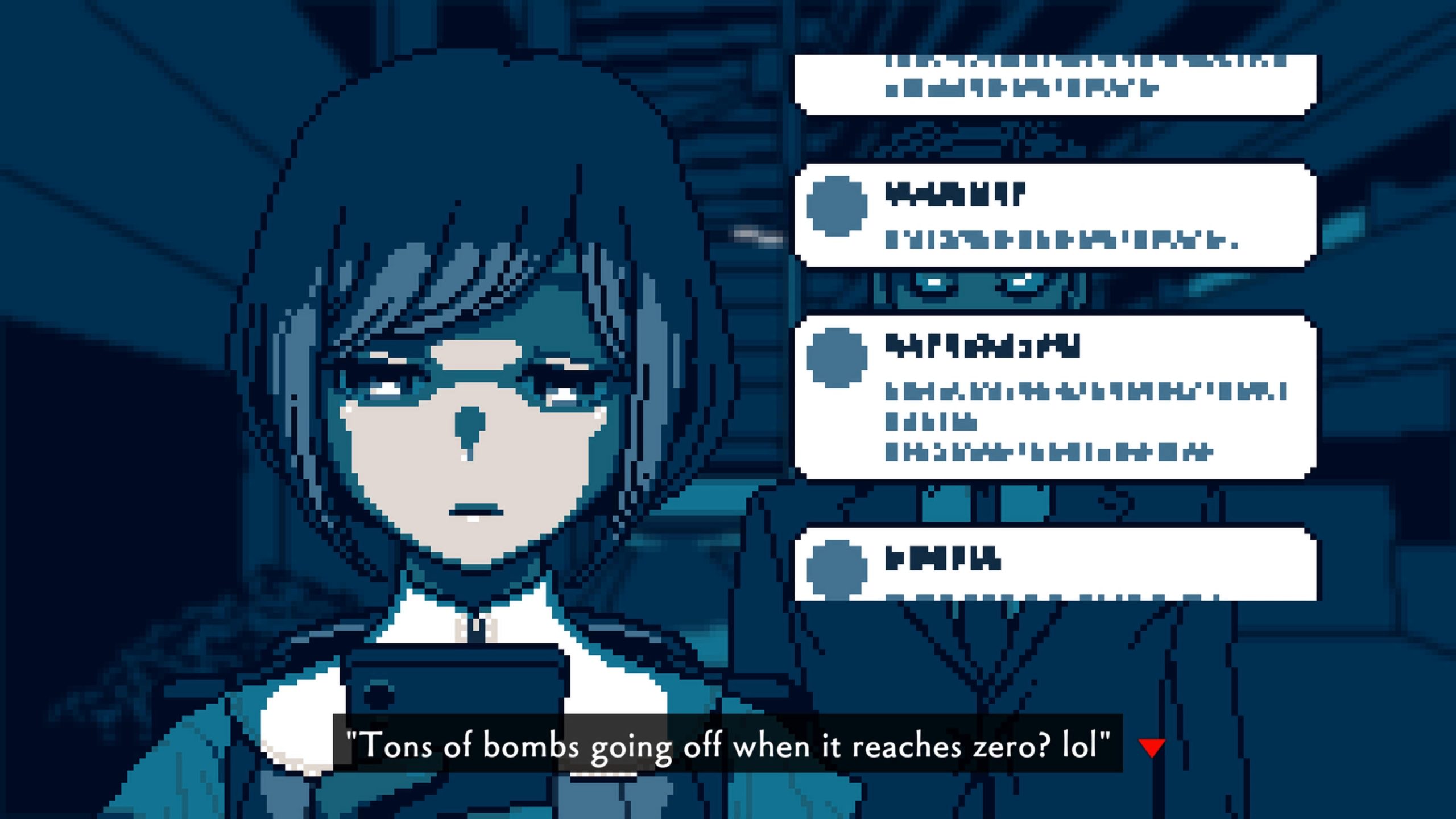
Telling Lies
It didn’t matter though as you’re just told to repeat it until you’re right, proving there are minimal stakes for playing so passively. This is a 10+ hour game and one in which you do the three tasks repeatedly, so if the story doesn’t grab you there’s not much to get stuck into. As I mentioned before, the story has some decent chops, albeit a little formulaic once you’ve gone through some of the cases.
You’re kept guessing who’s at fault for the hauntings you’re investigating, but there’s nothing more than a simple twist to tie a neat bow on each case. If you’re more sceptical and astute then the game isn’t for you. There’s nothing inherently creepy but familiar enough to some of the creepypasta, urban myth internet phenomena that you might feel a connection to.
Protagonist Azumi is a light-hearted, often naive, central compass that brings some charm to the strange ongoing. However, it’s Center leader Ayami’s aloof intentions and your sidekick Jasmine’s potential ulterior motives that are the true mysteries consuming your thinking cap. It’s just a shame that it’s tucked away with gameplay so meandering that it’ll detract most who aren’t initially invested.
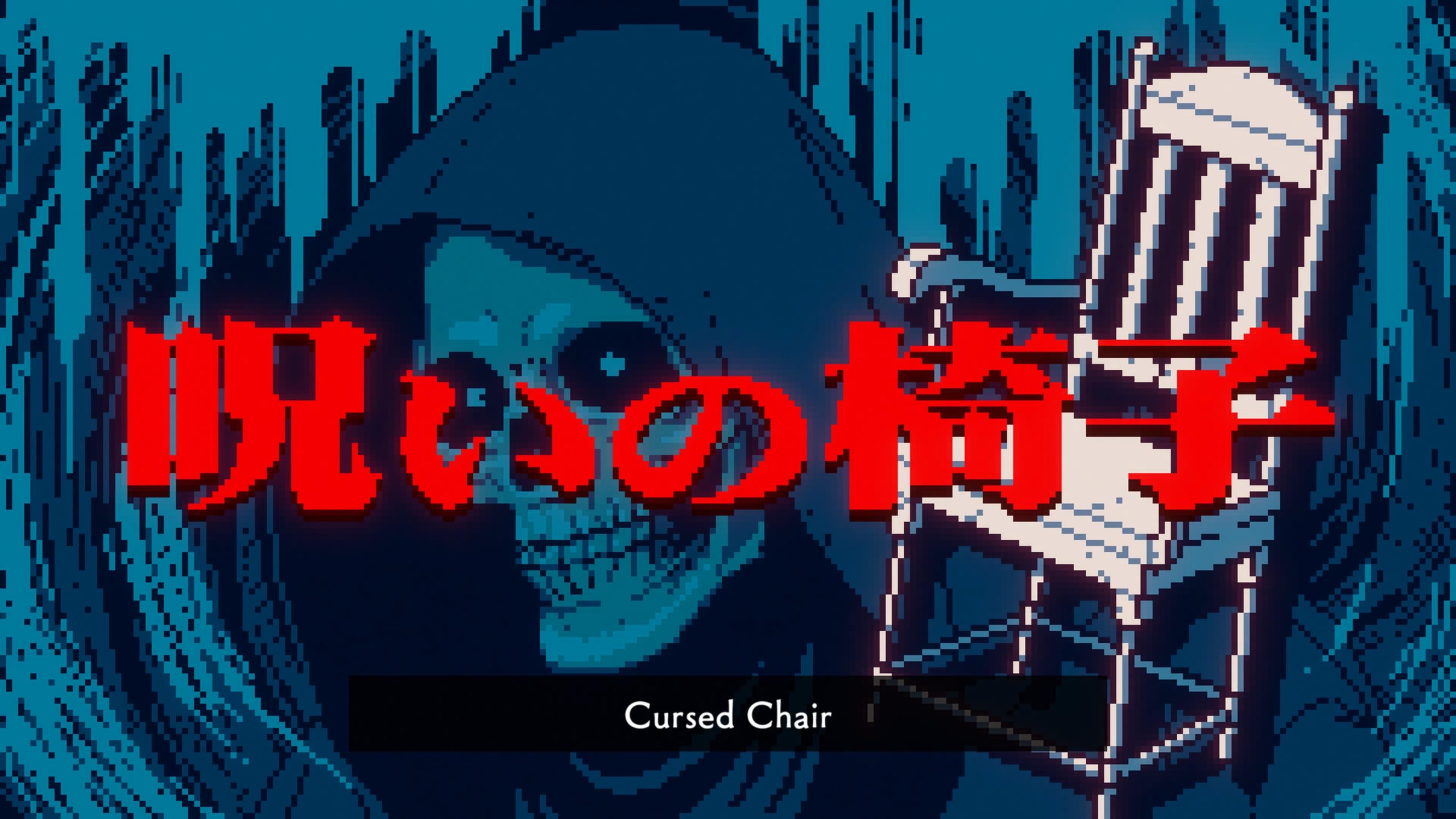
Stay Weird
Quelling some of the duller moments in gameplay are Urban Myth Dissolution Center’s visuals. Boasting a psychedelic pixel art style that goes beyond sprites and text boxes; you get a couple of animated scenes as well as some trippy iconography thrown in that are
hypnotically alluring. Characters are expressional in design, whilst the monsters/ghosts/phenomenons are striking.
The game sports this murky green/blue and its various shades making it feel like a manga panel from the netherworld, alongside blood-red sprites, blood effects and other grim details that jump right out of the screen with how distinct it is. It heightens the uncanny vibe it goes for and when it’s paired with the better aspects of storytelling and some of the deeper meanings the developer’s going for, you can’t help but respect the vision for the game.
Overall, it’s lacklustre in gameplay – even for a visual novel – but thrives in its sense of identity. Often is the case with a singular vision there’s going to be some pushback to choices, but I appreciate what Urban Myth Dissolution Center was going for. Games are a medium inherently depending on being played whereas this would have made a perfect series instead. If you’re looking for an anime mystery series dealing with the occult then look no further, but it won’t make a P.I. out of you and I.
Urban Myth Dissolution Center is out now for PlayStation 5 (review platform), Nintendo Switch and PC via Steam.
Developers: Hakababunko
Publisher: Shueisha Games
Disclaimer: In order to complete this review, we were provided with a promotional copy of the game. For our full review policy, please go here.
If you enjoyed this article or any more of our content, please consider our Patreon.
Make sure to follow Finger Guns on our social channels. Twitter, Facebook, Twitch, Spotify or Apple Podcasts – to keep up to date on our news, reviews and features
